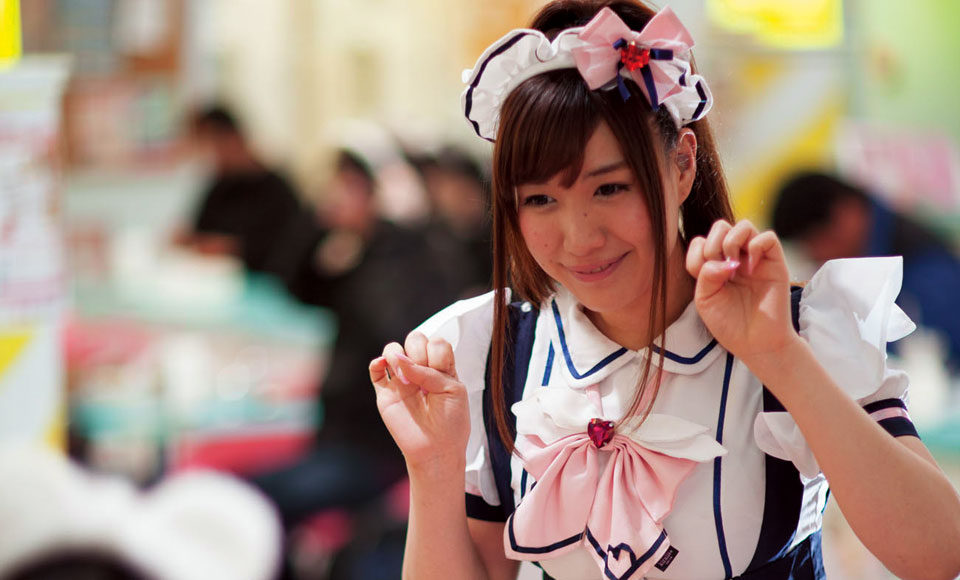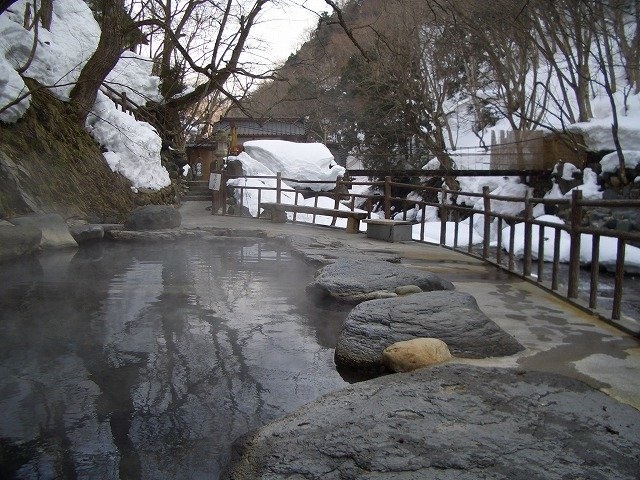
Source: coniferconifer
Cherry blossoms can be seen in a majority of places in Tokyo. Be sure to be in a good mindset as you find these hanami spots. Most individuals view sakura as something to remind them of being happy, nostalgic, and satisfied. Basically, it is a great reason for gatherings of families. Everybody needs to be out there. Just go under the trees in early Spring when the cherry blossoms arrive.
1. Chidorigafuchi Moat
Many sakura line-ups at the Imperial Palace’s Chidorigafuchi Moat. It’s possible to be able to lease a watercraft to be used in the canal. Late in the season, the channel water is usually secured with sakura petals everywhere. The canal is unbelievably pleasant with the sakura at full blossom. It is amongst the most well-known hanami spots in Japan. Expect long lines for the watercraft rentals. Expect to wait in hours in peak season.
2. Shinjuku Gyoen
Shinjuku Gyoen is a large 145 section of the land park close to Shinjuku with around 1,500 cherry trees. The recreation center is sufficiently enormous to locate a good peaceful spot. Shinjuku Gyoen has more than twelve assortments of Sakura. The Kanzan Sakura sprout can come as late as the final week of April. Shinjuku Gyoen has an extra charge. They may also restrict hours.
3. Ueno Park
Ueno Park is a popular spot to be on chances that you need to be in a hanami viewing party. The area is generally swarmed and a little bit on the wild side. The 133 section area of the land park has around a thousand sakura trees. It usually lines along the road and even encompasses the Shinobazu Pond. Ueno Park’s sakura incorporates early blossoming assortments and famous for the first to sprout in the whole of Tokyo.
4. Meguro River
Around 800 sakura lines up the Meguro River, which is close to Nakameguro. They’re splendidly lit during the evening as it makes a major aspect of the Nakameguro Sakura Festival. Meguro River resembles an urban waterway. You can see that the trees are delightfully lines up there. As it may, there’s a chance for very little gathering space. However, it’s a decent place to walk. There are a few vogue shops, cafe bistros, diners, food shops, and eateries in the place.
5. Yoyogi Park
Yoyogi Park is a 134 area section of the land park with more than 600 sakura trees. The recreation center has that tendency to be a wild spot all year round. You will notice the exclusive bloom that heightens amid the sakura season. Despite the fact that Yoyogi Park has a generally couple of cherry trees contrasted with from the different locales in Tokyo, it makes for a pleasant cherry blossom seeing a spot in spring. Moreover, it is known for its gingko tree timberland, which seriously turns a brilliant color in pre-winter.
6. Inokashira Park
A 95 area section of the land park with more than 1000 sakura trees, Inokashira Park is a popular destination for locals and foreign tourists. The hanami goes into full bloom here. You will notice, for the most part, some college students here, as there are a few extensive colleges close-by. It’s likewise mainstream for couples to see sakura from populated in the banks of Inokashira Pond. You ca reach the place via a short stroll from Kichijoji Station. There are even several eateries and shops in the place.
7. Koganei Park
At 196 sections of land, Koganei Park is the second biggest park in Tokyo. The recreation center has 1,700 sakura trees and has a tendency to pull in expansive hanami spot viewers. The recreation center even holds a cherry blossom celebration consistently, for the most part around the first week or few days of April. On the off chance that cherry blossoms are excessively conspicuous for you, visit the recreation center for information.
8. Sumida Park
A little stop from the banks of the Sumida waterway, you can see the Sumida Park. The Sumida stream is usually lined with around 1000 sakura trees. It’s additionally conceivable to notice the Sumida waterway filled travelers amid hanami season. The recreation center is found very near Skytree. This riverside park extends along both sides of the Sumida River for a few 100 meters. In spring, it turns into the well-known and popular cherry blossom seeing the spot. In July, watch out for the Sumida River Firework.
9. Koishikawa Korakuen Garden
It is one of Tokyo’s most seasoned Japanese greenhouses established way back in 1629. The place is Koishikawa Korakuen Garden. The patio nursery offers a few assortments of sakura species, including early blossoming sobbing cherry trees. Koishikawa Korakuen has restricted hours and an extra charge, so you need to make some plans and reservations. There are even some sizeable slopes to give you extraordinary perspectives and views. Furthermore, on top of that, every season has something to make it even more exceptional!
10. Roppongi Sakurazaka
Roppongi Sakurazaka is an inclining road behind Roppongi Hills with 75 youthful cherry trees on either side of the road that is sufficiently bright during the evening. This is a mainstream spot for a walk around couples. There is additionally a couple sakura in the Mori Garden at Roppongi Hills. There is a Sakura-Zaka behind the private towers at Roppongi Hills. Here, around 75 youthful cherry trees line a 400-meter stretch
11. Aoyama Cemetery
The Aoyama Cemetery also has a few hundred sakura trees that line the wonderful road going through the main burial grounds. You will notice several office laborers during lunchtime and also in the evening time. They usually look for a hanami spot along the street and even in the burial ground. It feels somewhat bizarre to host a gathering amongst the graves, but it is a good hanami spot!
12. Imperial Palace East Gardens
The Imperial Palace East Gardens is a recreation center next to the Imperial Palace that contains the scattered remains of Edo Castle. It has several orchards, gardens, and fields with a couple of sakura trees. The recreation center is just open amid the day so it’s genuinely quiet with no gathering of tourist individuals. The Kokyo Higashi Gyoen Garden or Imperial Palace East Garden was opened to most people in general in 1968. It covers a territory of around 210,000 square meters from the Honmaru Principal compound.
13. Yasukuni Shrine
You should also go to the Yasukuni Shrine as it has around 600 Sakura trees. The sanctuary holds a sakura celebration attended by more than 200 expert sumo wrestlers. Sometimes, it is not possible to host a get-together there. Yasukuni Shrine can also be a critical and controversial area because of its position as the commemoration spot for individuals who passed in the Second World War. In spite of this fact, don’t miss the chance to make a visit.
14. Rikugien Garden
A Japanese walking garden established in 1695 that is considered amongst Tokyo’s best gardens. The patio nursery amplifies its hours into the night and enlightens a few sakura trees in hanami season. There are somewhat two unordinary things about this park. The first, and we can truly say is not that wrong: you may not see Tokyo Tower or Tokyo Skytree. Of all the parks in Tokyo, you can most of the time see both. As it may, the cherry blossoms in Rikugien should be more than enough.
15. Shiba Park
A little stop next to the Tokyo Tower, the Shiba Park has roughly around 70 sakura trees. Not as much compared to others. However, it’s amongst a packed little stops in the city at hanami time. The recreation center grounds likewise contain some funeral home sanctuaries of the Tokugawa shoguns. Still, you may see a couple of first-time visitors, local residents, and foreigners in the Shiba Park.
Tokyo hanami season begins in late March until the second or third week of April. The definite dates differ every year. The season usually depends on upon the weather or climate. You should seek assistance from travel agents or organizers to make sure you arrive at the right time during Cherry Blossom Season.
Have a good trip and travel!














